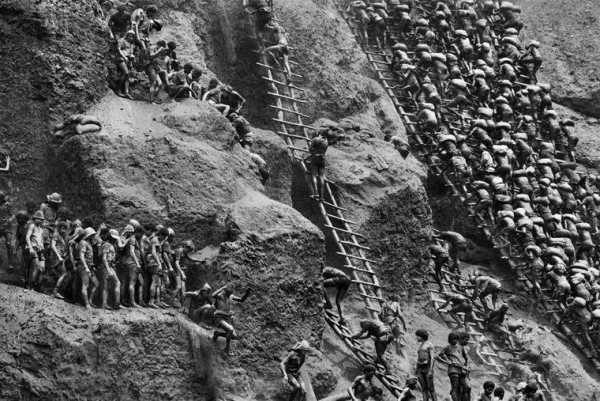http://www.cbc.ca/news/canada/north/
First diamond mine in the Northwest Territories could stay open until 2042
Further expansion of underground mining operations at the Ekati diamond mine could keep the mine in business until 2042, according to a preliminary economic assessment released by Dominion Diamond Corporation on Wednesday. Dominion operates the mine, and owns a controlling interest.
The Fox Deep project would expand the mine by developing an underground operation below the mined-out Fox open pit. It follows on the recently-approved Misery Deep project, which is already expected to expand the life of the mine from 2033 to 2035.
Tom Hoefer, executive director of the NWT & Nunavut Chamber of Mines, says Yellowknifers should be doing a happy dance. “A year ago we thought that Ekati had a life to 2021,” says Hoefer. “And so with their work on other pipes and now adding Fox in they’ve created a very exciting future for the N.W.T.’s mining industry.”























